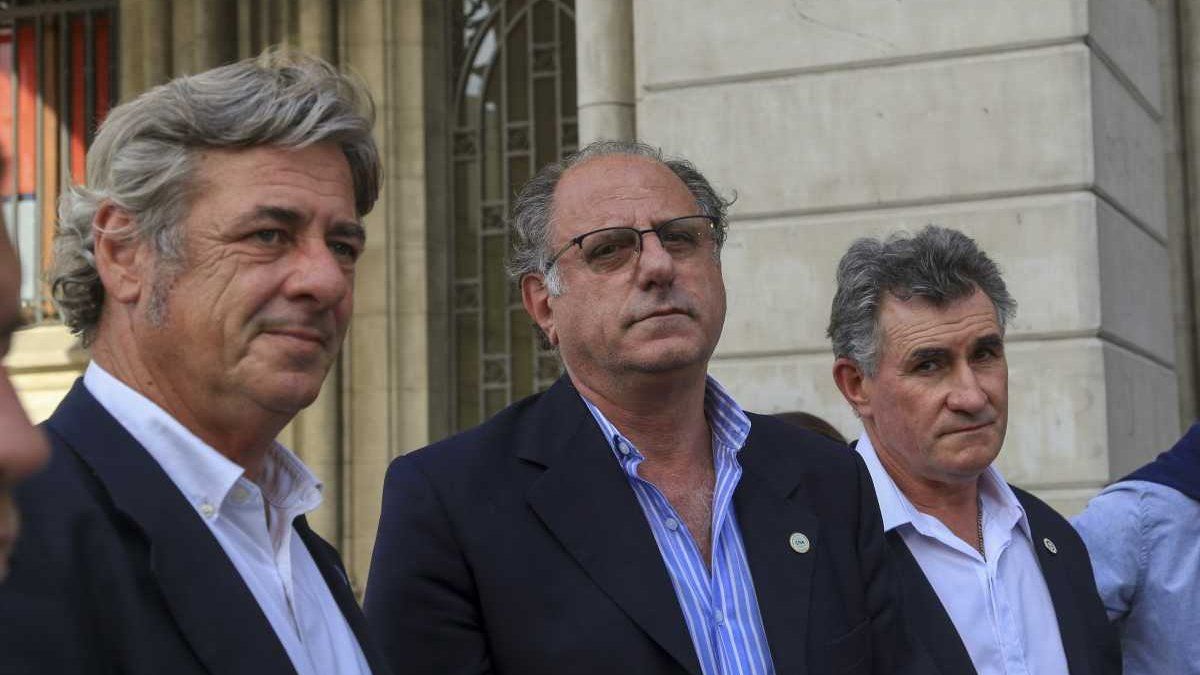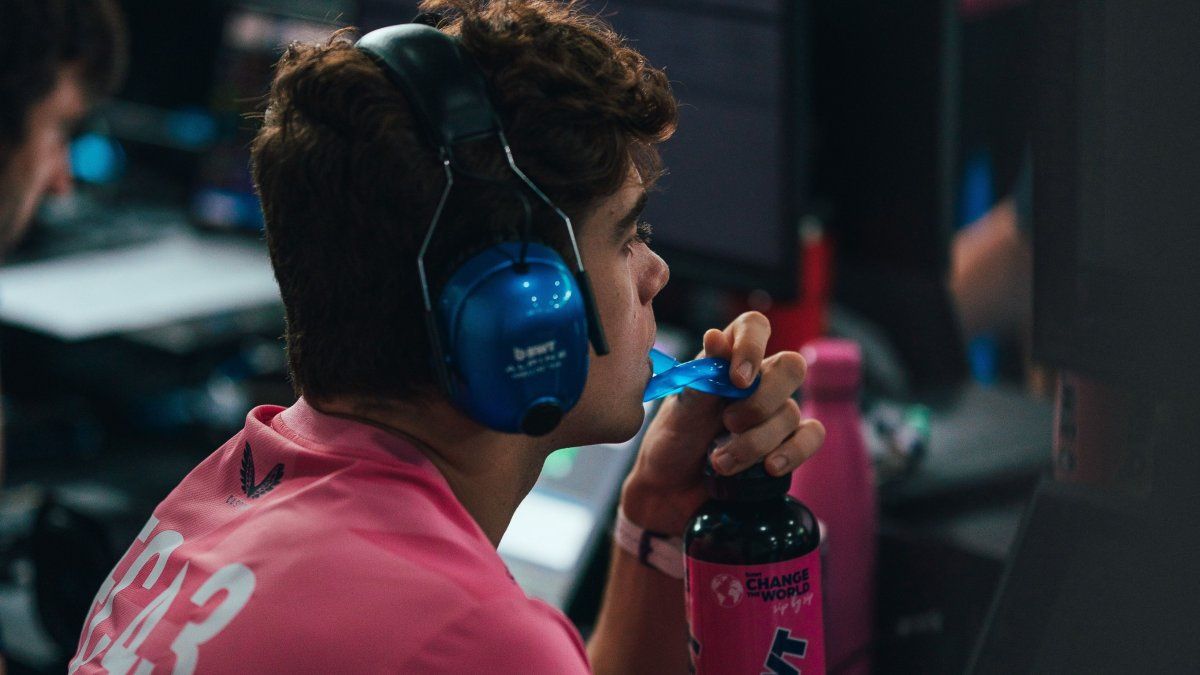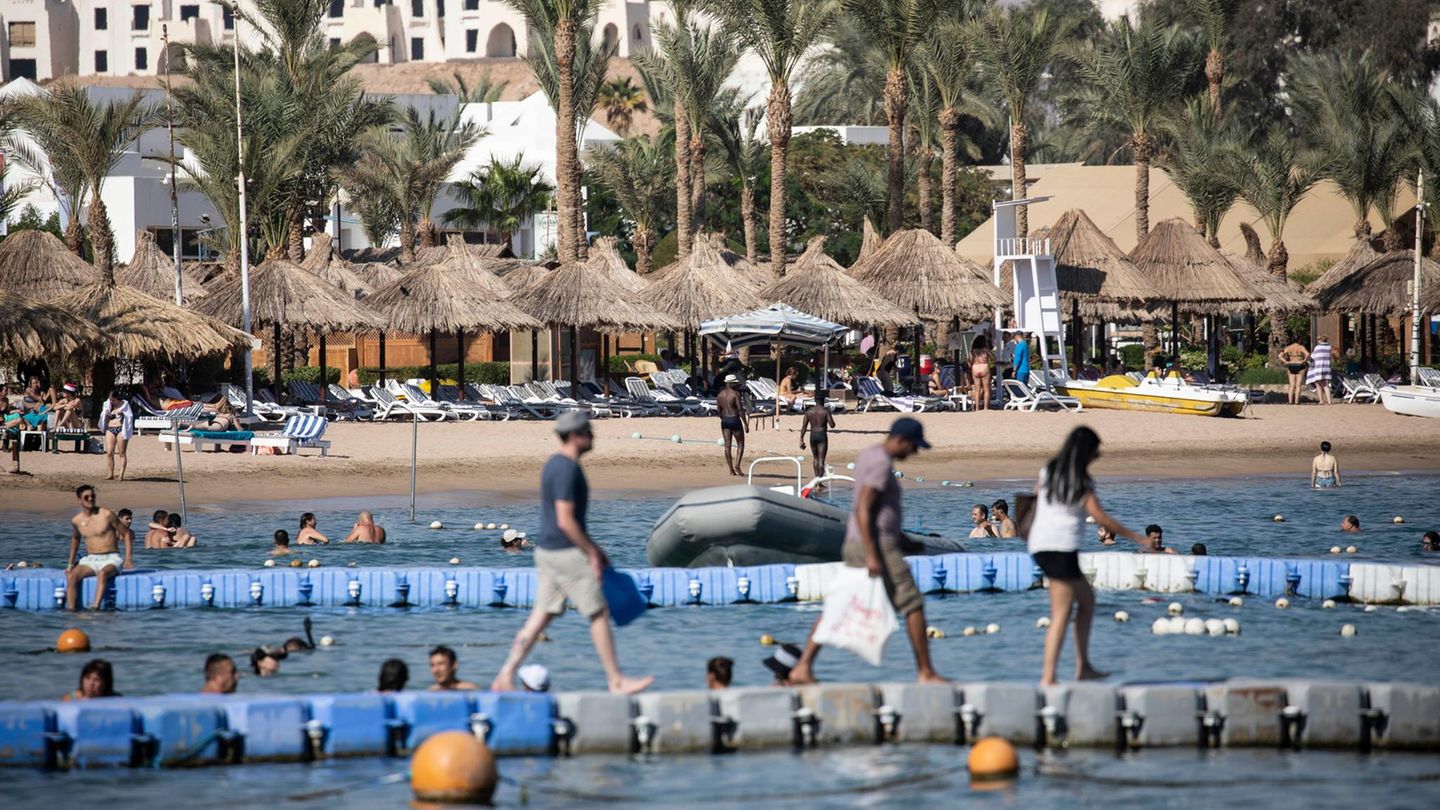The Government announced this week measures to contain the rise in meat prices. The measures have two recipients, on the one hand to improve the conditions of the demand of the final consumer, and on the other to increase the supply by the producers.
In addition, a subsidy of up to 40% of the feed was provided for cattle affected by the drought that need to finish fattening in the feedlot. Each producer may enter up to 100 animals into the Program, which can only be destined for consumption in the domestic market. The Program provides a duration of 4 months with a fiscal cost of $14,900 million.
The representative of the Agrarian Federation, Spada, pointed out: “It is a measure that does not finish being. We are talking about practically 780,000 heads with the possibility of entering this module. The Government says that it is to prevent that farm from going to the international market and that it remains in the domestic market, and in this way encourage the retention of bellies so that they do not leave in the short term. It is a measure that would not reach all producers. If we talk about the universe of producers that today with 45% of the country that is in an emergency, it is a bit scarce. Officials tell us that these are the funds that they can dispose of today.”
“We consider that there are other measures that could benefit producers, such as the tax exemption for a periodgiven that the majority of producers are losing bellies and production, which will have an impact now and even next year,” Spada said about measures that were requested from the Government.
“There is no other specific measure that generates relief for the producer like the tax exemption. If we start with punitive or compensatory interest to close the accounts of each producer, today it is more than in the red and it will not lift it even if there is an extension due to the emergency, “he added.
The leaders of the Liaison Table had expressed themselves in the same sense and had pointed out that the measures announced by the Minister of Economy, Sergio Massato face the effects of the drought, are not enough nor do they solve the underlying problems that affect the sector.
“The AFIP officials told us that they were going to analyze the claim to find out the number of what we are talking about. In addition, all this takes a whole parliamentary work, because there are different sectors such as Anses in what is employer contributions or social works “” , added Spada who emphasized that there are still claims about the withholding scheme, the unification of the exchange rate and the release of all meat exports.
Another claim is to guarantee the federalization of the program and access to assistance measures.
Measures to curb the price of meat
The Government launched a series of measures to improve supply and facilitate demand access to meat. Among other measures, the Government presented:
For consumers
- The adherence of beef exporting companies to the Fair Price Program for toincrease the offer of the 7 cuts at differential prices with a predictable price path.
- The prices agreed will remain until March 31 and then these cuts will have a guideline of 3.2% until June 30.
- The price was lowered by an average of 35% with which supermarkets were marketing the cuts.
- This will allow increase the volume of meat from the predecessor Cortes Cuidados program. Now the monthly marketing offer will be 15,000 tons.
- The 7 cuts of meat are: roast, buttock, matambre, empty, skirt, shoulder and roast cover.
- The commercialization will be carried out every day in supermarkets and hypermarkets and refrigerator butcher shops. Work will be done with the supermarkets located in ASU, CAS and FASA on the days of sales of these cuts.
- Reimbursement of purchases with bank and non-bank debit cards through AFIP. The benefit will be for purchases in businesses that are registered with the AFIP on the effective date of the program.
- Includes butchers, mini-markets and shops thatthat are registered in the VAT as MiPyme. Hypermarkets and chain supermarkets are excluded.
- 10% of the total purchase will be refunded within 48 hours, and the refund will be capped at $2,000 per calendar month. Equivalent to monthly purchases of $20,000 in small butcher shops.
- Reimbursements for consumers. Banco Nación offers a 35% promotion for Neighborhood Businesses on Saturdays for purchases with a physical credit card and debit card from Banco Nación and also applies to payments through BNA+ MODE by scanning QR. The withdrawal cap is $3,000 per transaction. The 35% promotion with Banco Nación on Fridays for butcher shops will be incorporated in the coming days, with a refund limit of $3,000 per transaction.
For merchants
- Deferral of payment of AFIP control tax obligations due until 12/31/2023, namely:
- Butcher shops subject to the Simplified Regime for small taxpayers: 90-day deferral of the payment of the integrated tax -tax component.
- Responsible butcher shops registered in VAT: 90-day deferral of payment of the balance of the corresponding VAT affidavit.
- Suspension until 12/31/2023 of the full exclusion of the Simplified Regime for Small Taxpayers and/or Automatic Deregistration.
- Exemption or exemption in Gross Income in the Province of Buenos Aires by ARBA for one year to retail butcher shops registered in the Registry (characterized as such in the AFIP Registry System). Likewise, they will be excluded from the withholding regimes set by that Provincial Administration for the same term.
- Bancarization of butcher shops and neighborhood businesses through the BNA Commerce account 100% subsidized for 12 months so that butcher shops can charge with debit and credit cards.
- Loans for butcher shops. Banco Nación will offer a line of loans for up to 3 months of sale with a maximum of 5 million pesos for working capital. The credits are for Individuals and Mipymes with at least 12 months in AFIP.
For producers
- Modification of the treatment of Leather for commercialization in the local market and export:
- Resolution No. 537/92 is repealed and the payment of export duties would be made on a real tax base, since this will be on the FOB value of the operation.
- In 2016, only 1% of raw leather was exported. During the pandemic (20/21) that value climbed to almost 60%, stabilizing during 2022 at 50%.
- Increase in cattle heads – Improvement of the cost equation for the Producer:
- Producers will be able to access subsidies for up to 40% of the food necessary for the completion of the animals in feedlot.
- An income of 180 thousand animals per month is estimated, entering about 5 thousand new producers.
- Each producer may enter up to 100 animals into the Program, which may only be destined for consumption in the domestic market.
- The Program foresees a duration of 4 months with a fiscal cost of $14.900 million.
Source: Ambito




